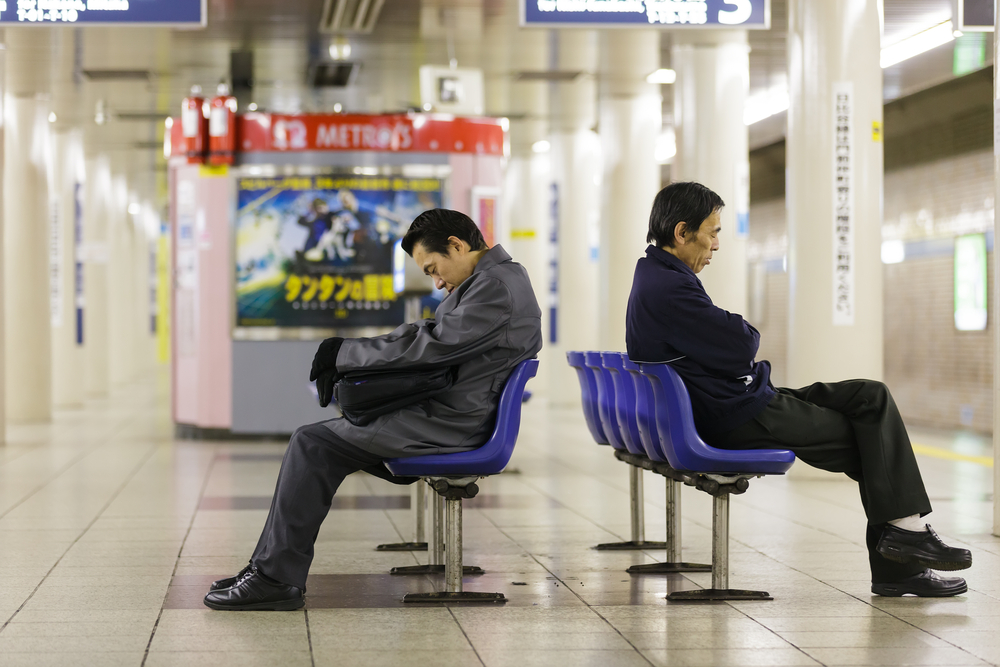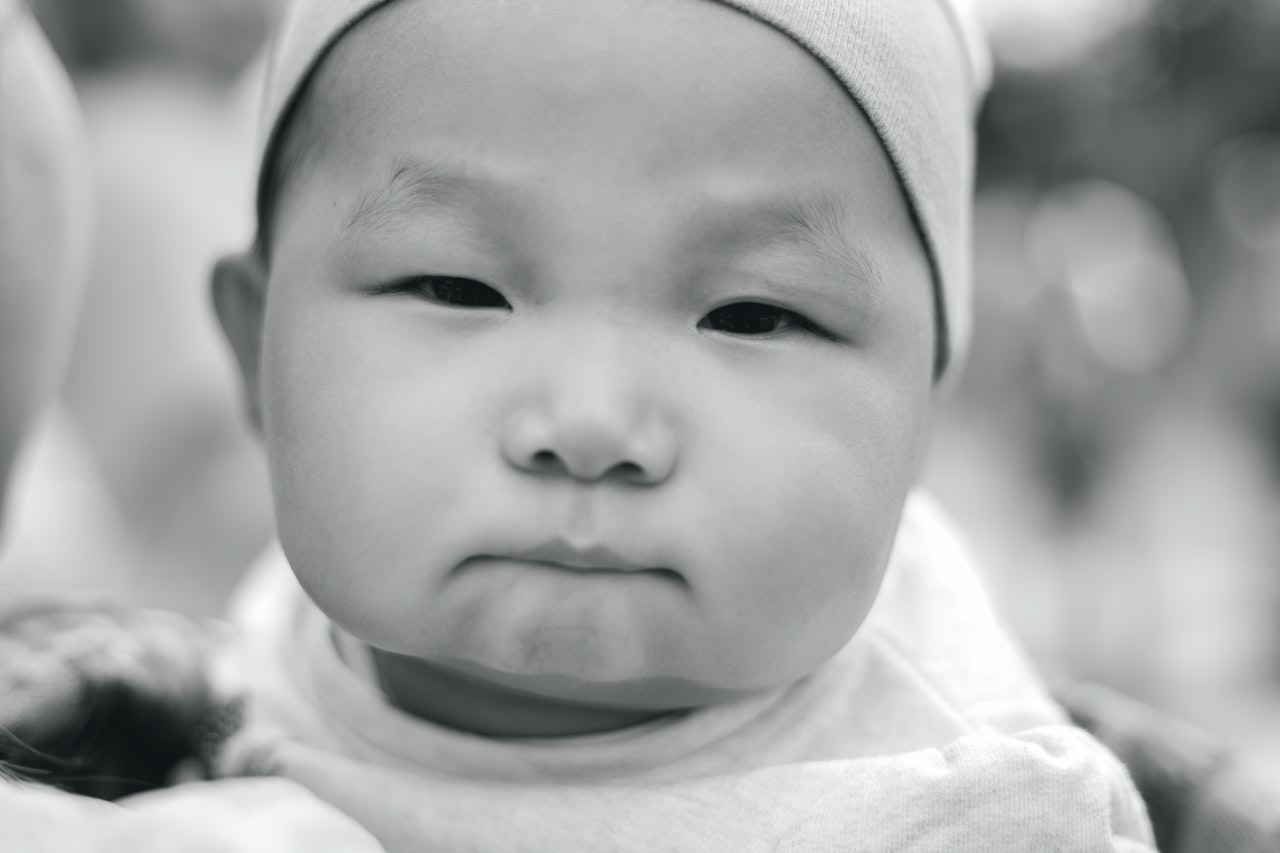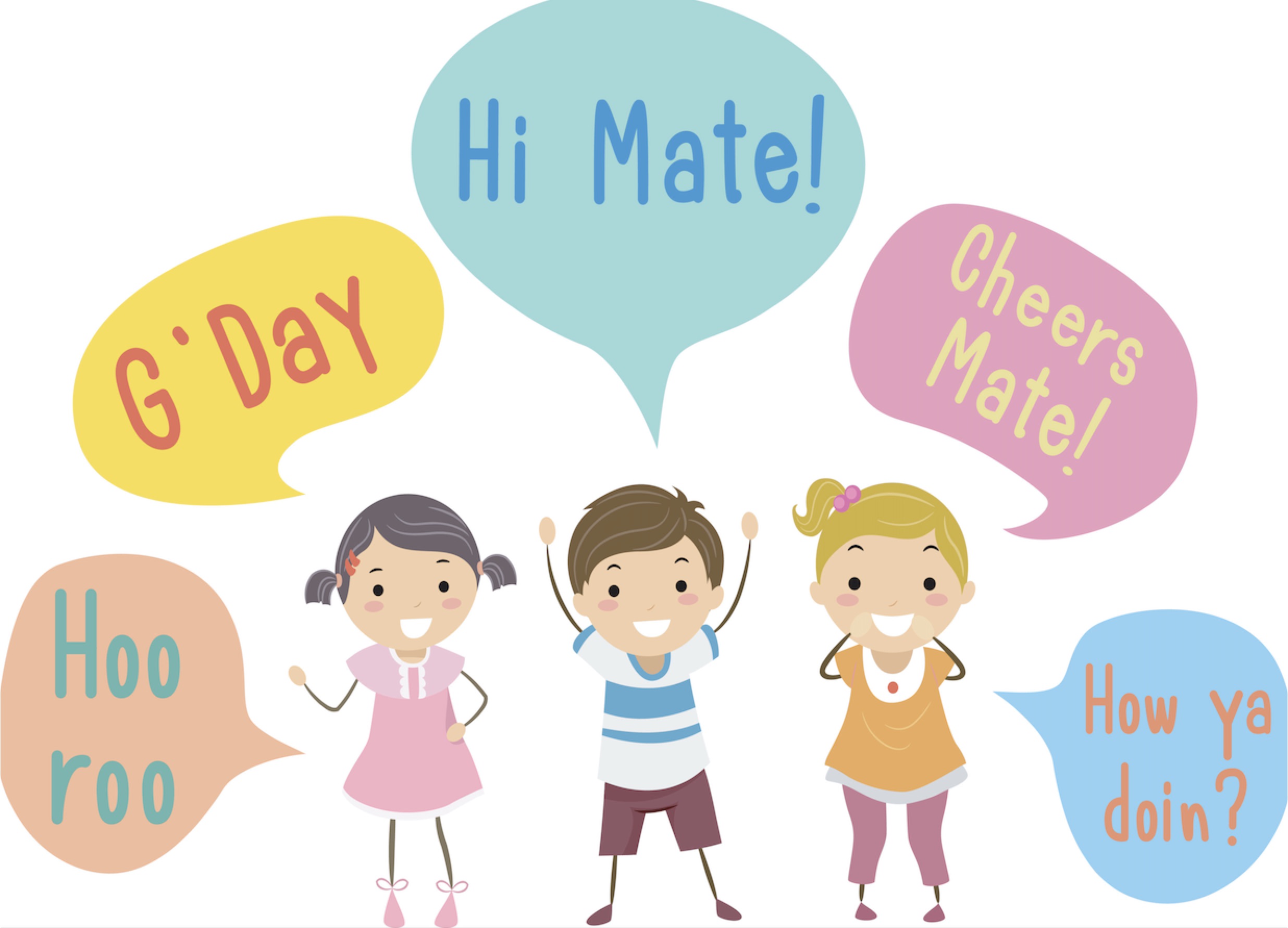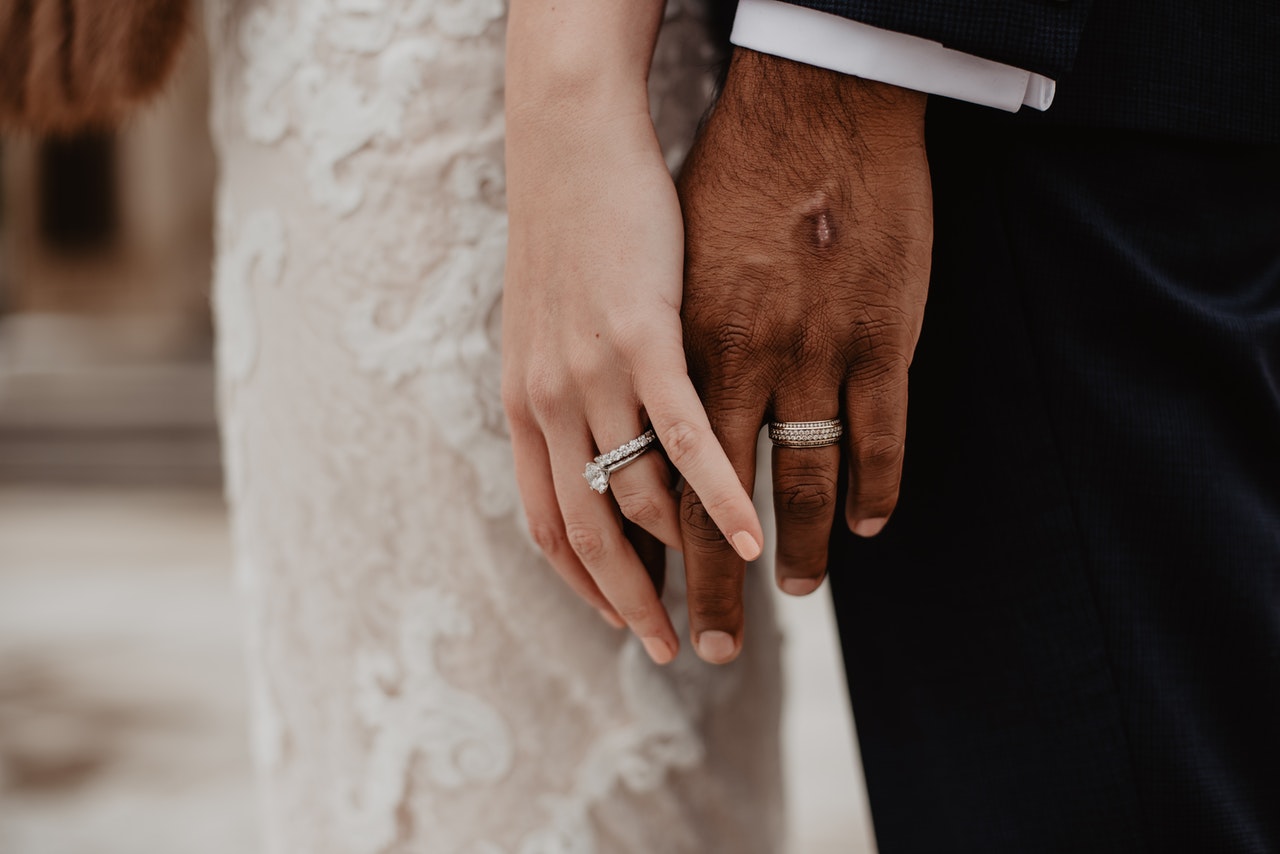Reading Time: 2 minutes
- Valentine’s Day in most countries is a give-and-receive event, where couples exchange gifts, flowers, jewellery, chocolates, etc.
- On Valentine’s Day in Japan, however, only the girls give chocolates – to the boys they like and also to others (no romantic interest).
- A girl would gift expensive chocolates (honmei-chocos) to her romantic interest and inexpensive chocolates (giri-chocos…Giri means obligation) to colleagues, friends, etc.
- The first attempt at celebrating Valentine’s Day was made by a Japanese chocolate company that tried to leverage it to push its chocolate sales in the 1930s by advertising in a newspaper; the campaign wasn’t successful.
- Valentine’s Day then rose to popularity in the 1970s after chocolate/sweet companies ran campaigns centred around girls gifting chocolates/sweets to boys.
- So, high school girls started offering chocolates to the boys they loved, and in the 1980s, the concept of offering giri-chocos to express gratitude got introduced.
- Today, Valentine’s Day spending in Japan is over $1Bn and chocolate manufacturers make about 10-13% of their annual sales during Valentine’s Day.
- Unlike in other countries where gifts include flowers, jewellery, clothes, stationery, etc. in Japan, girls mostly give chocolates and candies on Valentine’s Day.
- A few years after Valentine’s Day came to be established, an executive of a confectionery shop Ishimura Manseido was reading a women’s magazine looking for inspiration.
- In the magazine, he read a letter by a woman who complained that it was unfair for men to get chocolates on Valentine’s day and not give anything to women, who could be gifted “handkerchiefs, candies or even marshmallows”.
- Marshmallows stuck with the executive and he invented a sweet made up of marshmallow paste with a chocolate center.
- He then surveyed his female employees as to when would be the best time to receive this sweet (or any other gift) from their partners.
- They decided on exactly one month after Valentine’s Day, and in 1978, the idea of celebrating 14th March as “Marshmallow Day” was picked up by a local department store Iwataya.
- The store later suggested changing the name to the more open-ended “White Day,” a reference to the marshmallow, and thus a tradition was born.
- Today, White Day is celebrated in several Asian countries, e.g. Taiwan, South Korea, China, etc. and it is on White Day that men give reciprocal gifts to those who gave them gifts on Valentine’s Day.
Also Read:
How and why Belgian chocolates became so famous?
Why Japan goes crazy for KFC each Christmas?
Image courtesy of Alleksana through Pexels






















